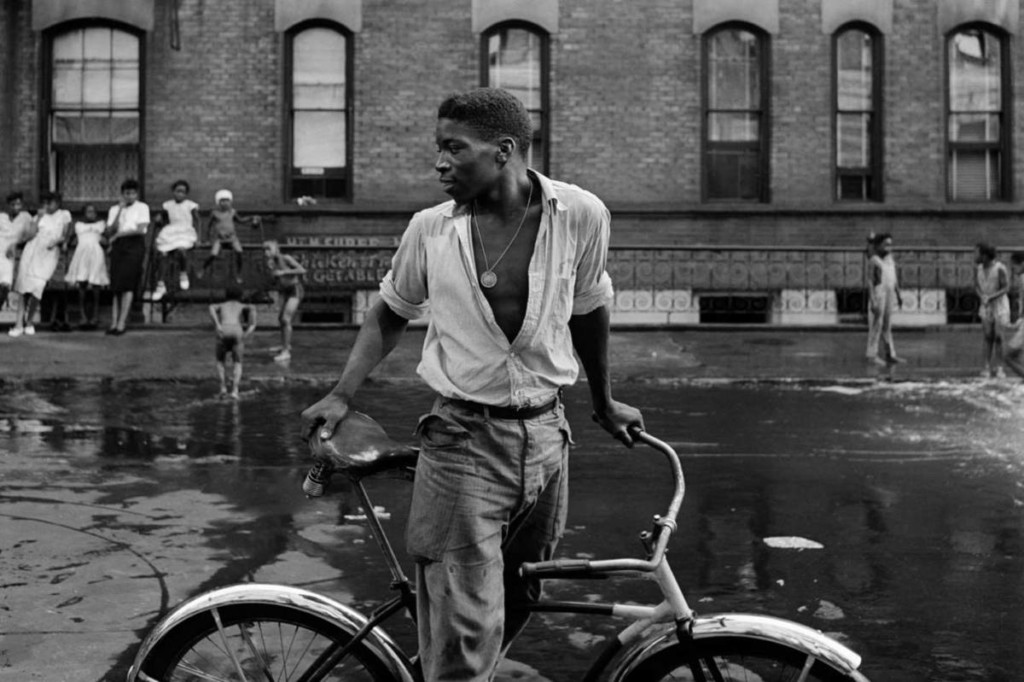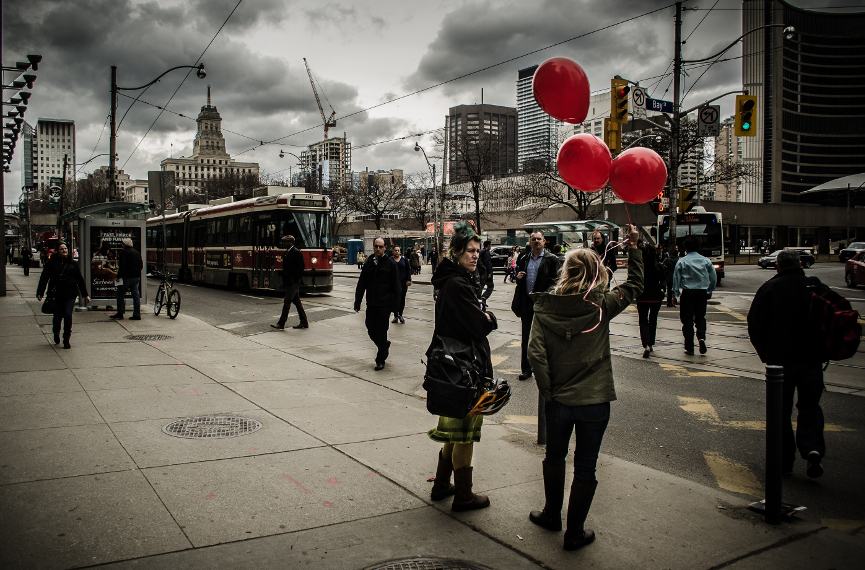A Biased View of Framing Streets
Table of ContentsThe Ultimate Guide To Framing Streets9 Easy Facts About Framing Streets ShownGetting My Framing Streets To WorkThe 25-Second Trick For Framing StreetsNot known Details About Framing Streets Framing Streets Things To Know Before You Get This
, generally with the objective of recording images at a definitive or emotional moment by cautious framework and timing. https://www.avitop.com/cs/members/framingstreets1.aspx.
Some Ideas on Framing Streets You Need To Know
Susan Sontag, 1977 Road photography can concentrate on individuals and their actions in public. In this regard, the road digital photographer is similar to social documentary professional photographers or photojournalists who additionally work in public areas, however with the objective of catching newsworthy events. Any of these professional photographers' photos may catch individuals and property visible within or from public locations, which usually entails browsing moral problems and legislations of personal privacy, security, and residential or commercial property.
Depictions of daily public life develop a category in virtually every duration of globe art, beginning in the pre-historic, Sumerian, Egyptian and early Buddhist art durations. Art handling the life of the street, whether within sights of cityscapes, or as the dominant theme, appears in the West in the canon of the Northern Renaissance, Baroque, Rococo, of Romanticism, Realism, Impressionism and Post-Impressionism.
Framing Streets Things To Know Before You Buy
Louis Daguerre: "Blvd du Temple" (1838 or 1839) In 1838 or 1839 the initial photo of figures in the road was videotaped by Louis-Jacques-Mand Daguerre in among a pair of daguerreotype sights taken from his workshop home window of the Boulevard du Temple in Paris. The second, made at the height of the day, shows an uninhabited stretch of road, while the other was taken at concerning 8:00 am, and as Beaumont Newhall records, "The Blvd, so constantly loaded with a moving bunch of pedestrians and carriages was perfectly singular, except an individual that was having his boots brushed.
, that was influenced to embark on a comparable documentation of New York City. As the city created, Atget helped to advertise Parisian streets as a worthy subject for digital photography.

The Only Guide for Framing Streets
Martin is the first recorded digital photographer to do so in London with a disguised cam. Mass-Observation was a social research organisation established in 1937 which intended to record everyday life in Britain and to record the responses of the 'man-in-the-street' to King Edward VIII's abdication in 1936 to wed separation Wallis Simpson, and the sequence of George VI. Between 1946 and 1957 Le Groupe des XV each year displayed work of this kind. Andre Kertesz. Circus, Budapest, 19 May 1920 Street photography created the significant material of 2 exhibits at the Museum of Modern Art (Mo, MA) in New York curated by Edward Steichen, 5 French Digital Photographers: Brassai; Cartier-Bresson, Doisneau, Ronis, Izis in 1951 to 1952, and Post-war European Digital Photography in 1953, which exported the concept of street photography internationally.

The Best Strategy To Use For Framing Streets
The recording device was 'a covert camera', a 35 mm Contax concealed underneath his coat, that was 'strapped to the upper body and connected to a long cable strung down the ideal sleeve'. His work had little contemporary influence as due to Evans' level of sensitivities regarding the creativity of his job and the privacy of his topics, it was not released up until 1966, in the book Several Are Called, with an intro written by James Agee in 1940.
Helen Levitt, then an educator of kids, connected with Evans in 193839. She documented the transitory chalk drawings - Best Zoom Lens that were part of children's street culture in New York at the time, as well as the youngsters who made them. In July 1939, Mo, MA's new photography area consisted of Levitt's operate in its inaugural exhibitRobert Frank's 1958 book,, was significant; raw and frequently indistinct, Frank's pictures questioned traditional photography of the moment, "tested all the formal rules laid down by Henri Cartier-Bresson and Walker Evans" and "flew in the face of the wholesome pictorialism and genuine photojournalism of American magazines like LIFE and Time".